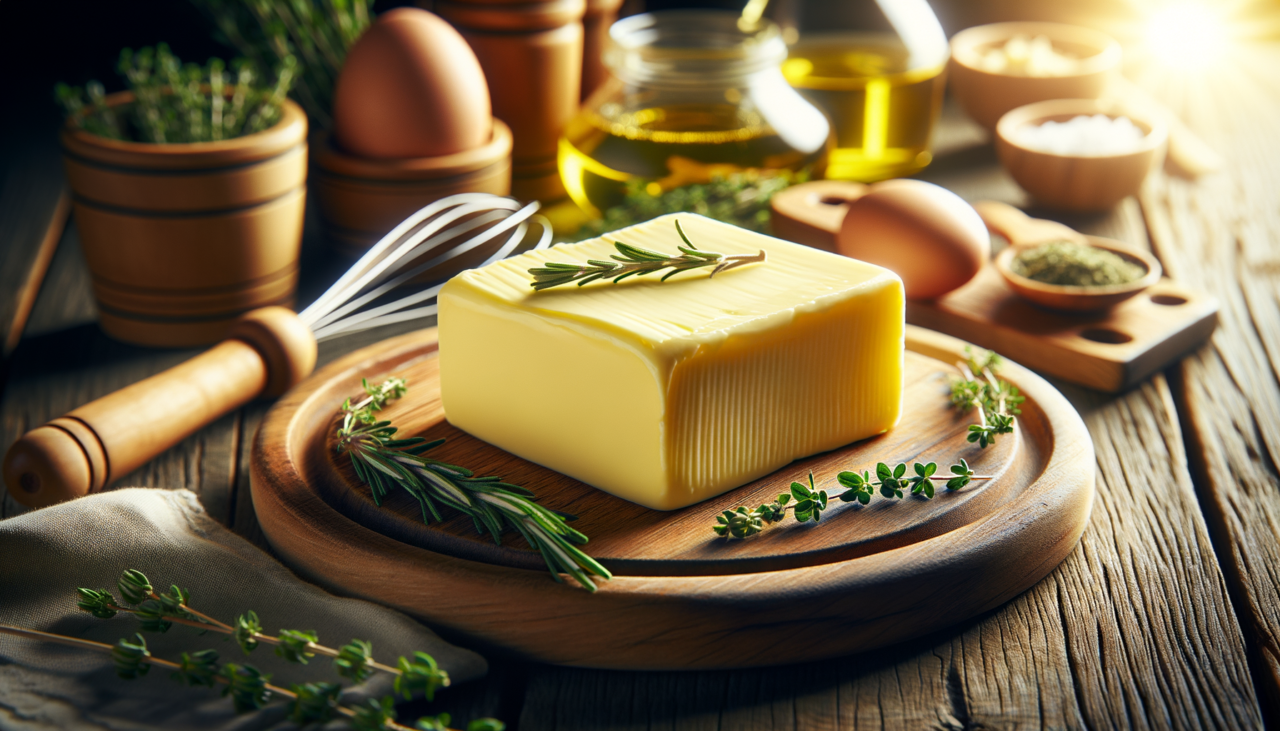Butter, a staple in kitchens worldwide, has an intriguing history and a variety of uses that extend beyond cooking. Did you know that butter has been used for thousands of years, not only as a food product but also as a cosmetic and even a medicinal remedy? The versatility and rich taste of butter make it a beloved ingredient in cuisines across the globe.
When it comes to understanding its weight, butter is typically sold by the pound or in smaller units, such as sticks or blocks. In the United States, a standard stick of butter weighs 4 ounces, or 113 grams. This means a pound of butter, commonly packaged as four sticks, weighs 16 ounces or 454 grams. In many countries, you might find butter sold in 250-gram blocks, which is just slightly more than half a pound.
Knowing the precise weight of butter is crucial, especially in baking, where accurate measurements can make or break a recipe. Butter’s weight can also be important for dietary considerations, as it is a high-calorie food. For those who pay close attention to nutrition, understanding how much butter they’re consuming can help manage calorie intake.
The history of butter is as rich as its flavor. Originating in ancient agricultural societies, butter was initially made by hand-churning cream, a labor-intensive process. The invention of the butter churn in the 19th century significantly eased this task, leading to butter becoming more widely available. Despite its simplicity, weighing butter can sometimes be tricky, particularly when dealing with partial amounts or melted butter, which alters its volume. However, accurate kitchen scales and standardized packaging have made it easier to measure butter precisely.
Whether you’re a professional chef or a home cook, knowing the weight of butter and how it can be measured ensures that you’re able to follow recipes accurately, maintain dietary goals, and fully appreciate the culinary magic that butter brings to your dishes.

Comments (0)
There are no comments here yet, you can be the first!